Whether you are red or blue, liberal or conservative, politically engaged or a casual observer of American politics, on the first Tuesday in November, we are all equal in the eyes of the law. We can go to our local polling place, step into the voting booth, and cast one vote for the candidates of our choice.
This notion was set up by our Founding Fathers in the United States Constitution. There have been changes over the years but the overarching idea of one person, one vote has stood the test of time.
Or has it?
The 2016 election changed a lot of things in American politics and government. Depending on your ideological leanings, you can argue if a lot of the aspects that changed were for better or worse. One thing we all agree on though is that voter fraud and interference by governments and other actors outside of the United States is very, very bad.
The last four years have been beset by investigations and accusations of election tampering by various entities. Whether it is one party trying to swing the election for their candidate or a foreign government trying to assert their influence in American politics, there are clearly forces trying to influence the election in an undue or illegal way.
Now, on the eve of the next Presidential election, we must take stock of how vulnerable our elections really are.
MonsterCloud, the world’s leading experts in cyberterrorism and ransomware recovery, have looked at the 2020 elections to see how vulnerable they really are to cybercriminals, cyberterrorists, state-sponsored hackers, and other bad actors who seek to disrupt America’s fair and free elections.
MonsterCloud reviews the threats and vulnerabilities of the 2020 election to show just how much risk is involved when casting your incredibly important vote this year.
How Many People Vote?
The 2020 election is set to be one of the most hotly contested elections of all-time as incumbent Republican President Donald Trump takes on Democratic former Vice President Joe Biden.
The United States has over 257 million citizens who are over the age of 18 or around 78% of the entire population. Of those 257 million Americans, around 93% (240 million) are legally eligible to vote.
In the last 50 years, voter turnout has typically been between 51% and 61% of eligible voters. In 2020, with over 85 million Americans and counting casting their vote early, experts are projecting a historic 62% or greater voter turnout, surpassing 2008 as the largest turnout in recent memory.
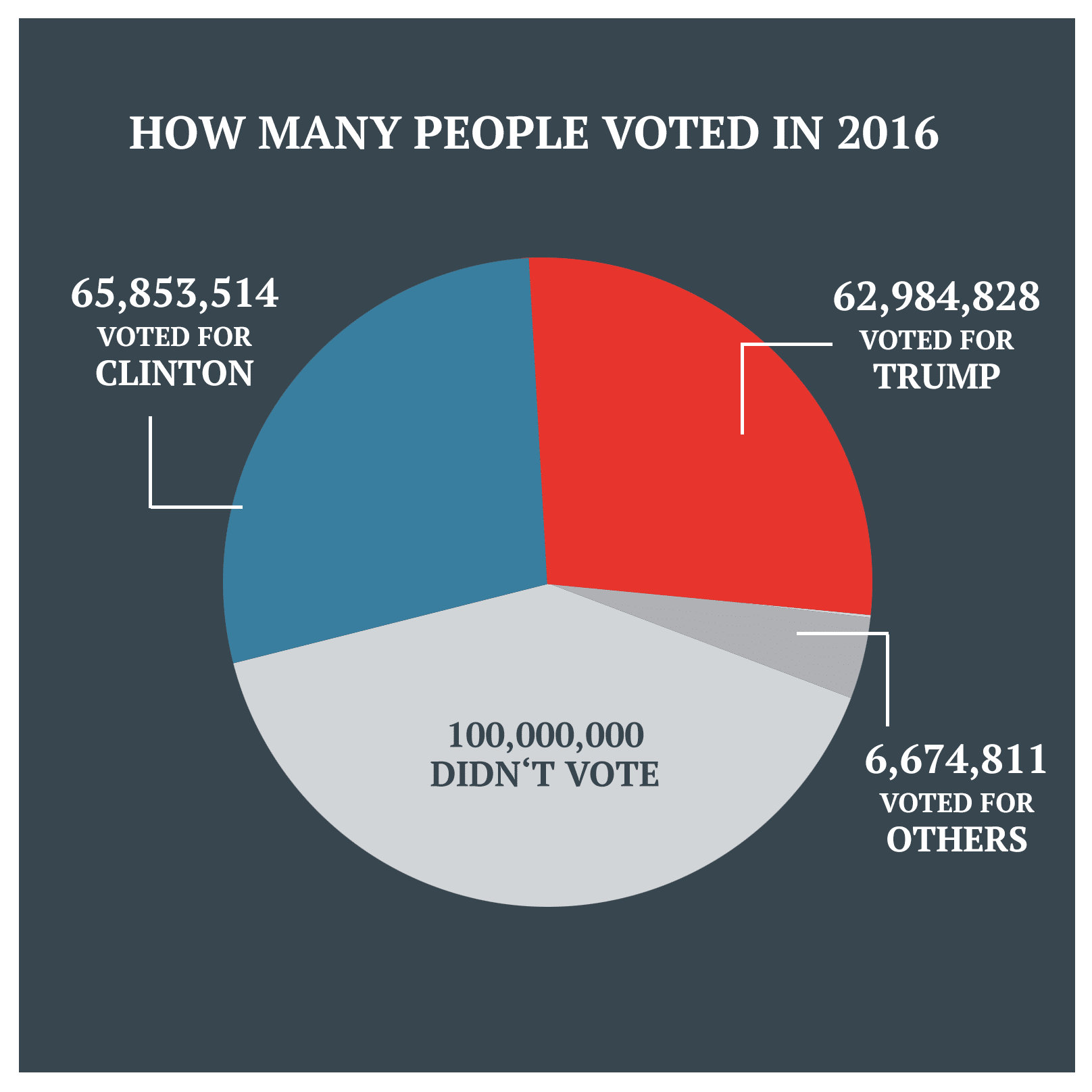
How Voters Vote
There are several types of ballots and several types of ways that ballots are counted. The three most common ways voters will vote in 2020 include:
- Optical scan paper ballot systems: Voters mark their votes on a paper ballot and it is scanned.
- Direct recording electronic (DRE) systems: Voters record votes directly into the computer’s memory with touchscreens, dials, or mechanical buttons.
- Ballot-marking devices and systems (BMDs): A fully electronic recording of a ballot.
Around 20% of the voting machines in the country are 100% computer-based and BMDs make up another 18% of the total voting machines. Most of the rest have some type of electronic element but also have a manual component as well. One of the major problems faced by these computer-based machines are that many are running on decade-plus old software.
Optical scanners are used in all 50 states and DRE systems are in use in 19 states. 9 of the 19 states (47%) have Voter-Verified Paper Audit Rail (VVPAT) printers, which create paper records for the DRE machines. BMDs are offered for voters with disabilities in all states but Oklahoma and some states use them for entire precincts.
The problem with E-Voting and the possibility of interferences
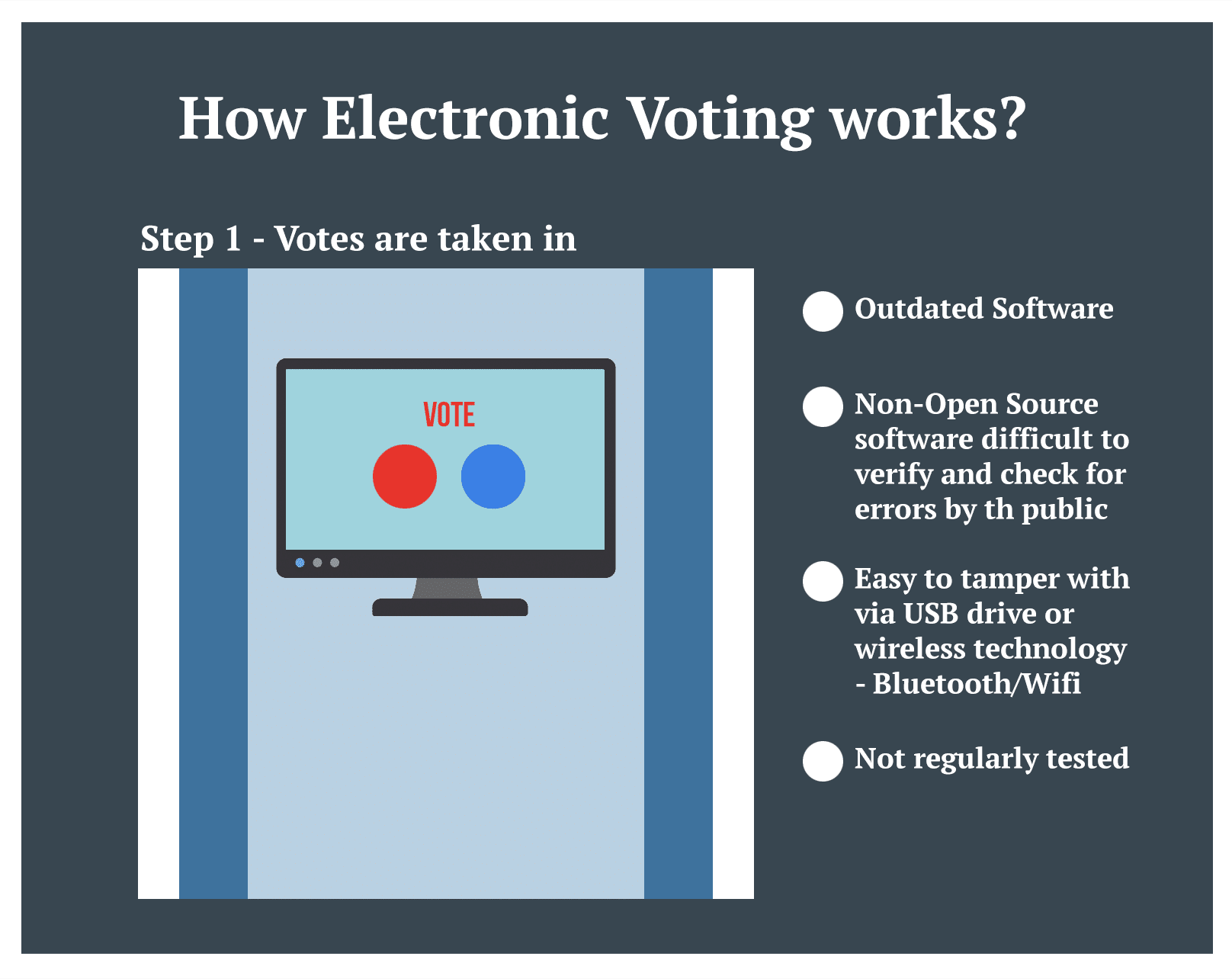
At the world’s premier hackers convention, hacking a voter system was as easy as ever, according to media reports.
A summary of the “Voting Village” event posted last year said hackers at Defcon “compromised every single machine over the 2.5-day event, many of them with trivial attacks that require no sophistication or special knowledge on the part of the attacker.”
“In most cases, vulnerabilities could be exploited under election conditions surreptitiously…an attack that could compromise an entire jurisdiction could be injected in any of multiple places,” according to a full version of the report.
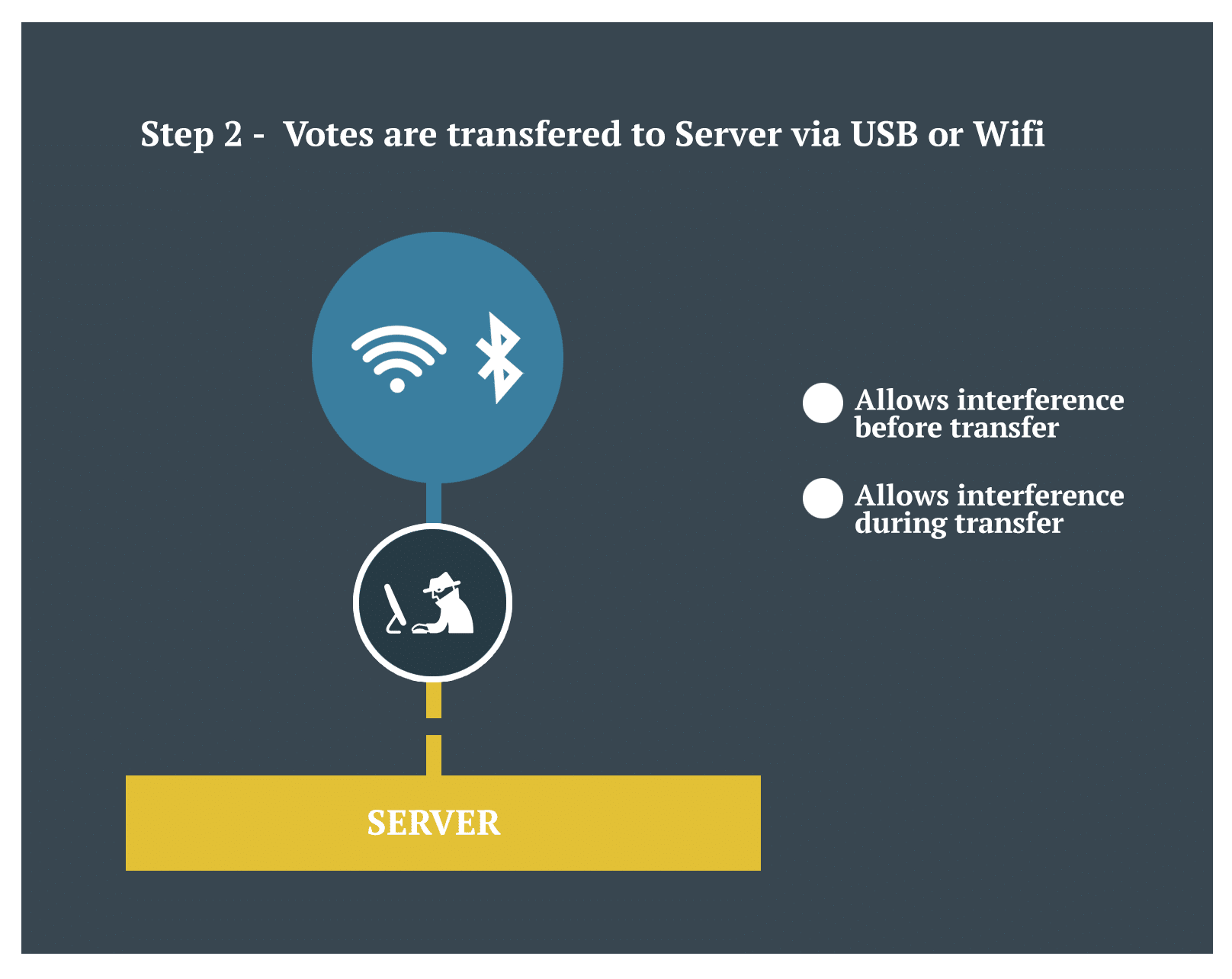
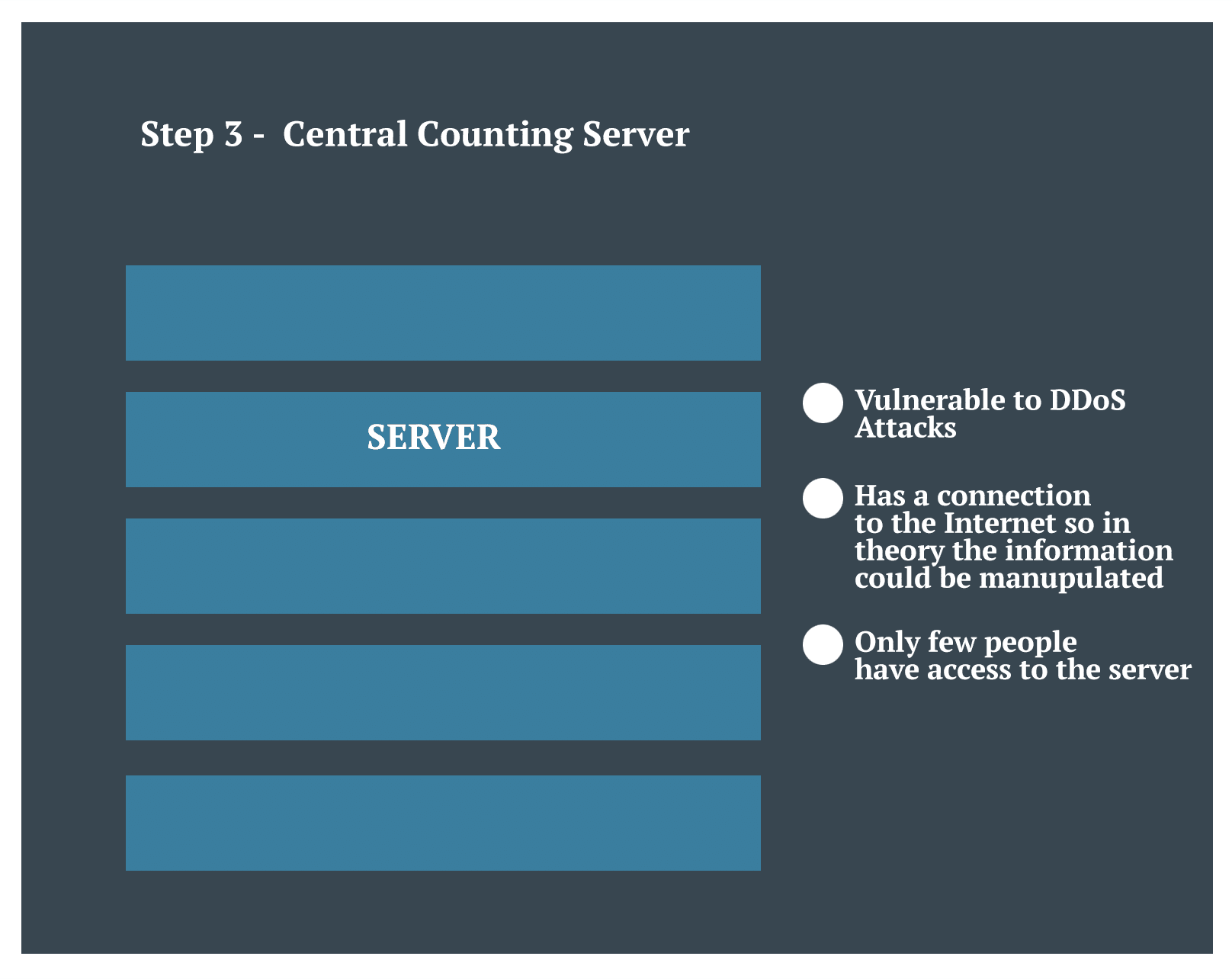
MonsterCloud Reviews 2020 IT Professional Election Security Survey
According to a recent survey of over 3,000 IT professionals about election security, experts are almost evenly split on how worried they are about election data security.
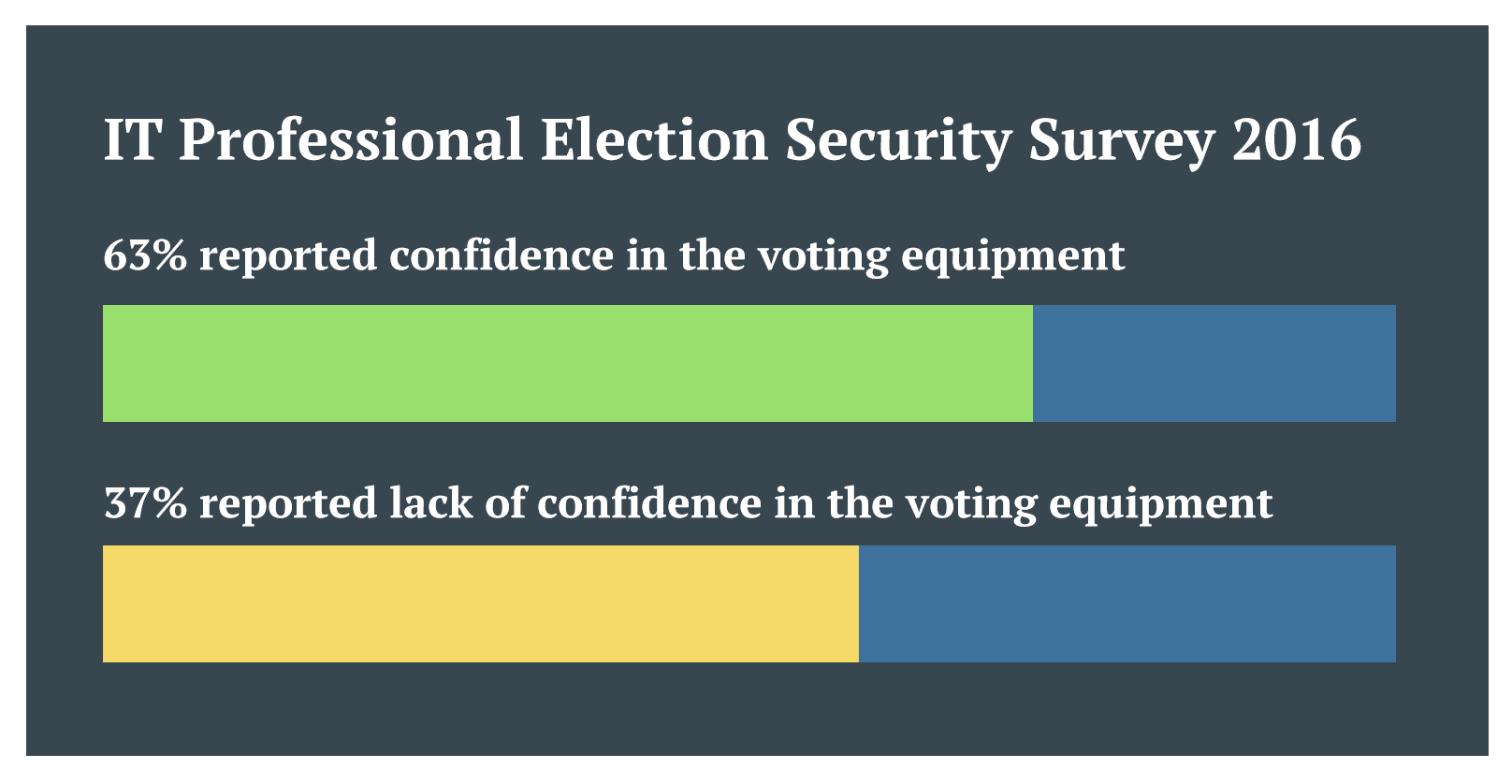
63% reported confidence in the voting equipment, electronic poll books, and other electoral infrastructure. However, 56% have had a drop in confidence about the security of this equipment since the global COVID-19 pandemic took hold earlier this year. This is related both to cybersecurity in general – cyberattacks are up 400% according to the FBI – and to the fact that so many people are subverting the normal election day infrastructure to vote early and vote by mail.
IT experts are also split on whether the money spent on securing the 2020 election has been enough to prevent the same hacking charges that were levied at Russia after the 2016 election. 57% believe it is enough and will prevent further attacks while the remaining 43% disagree.
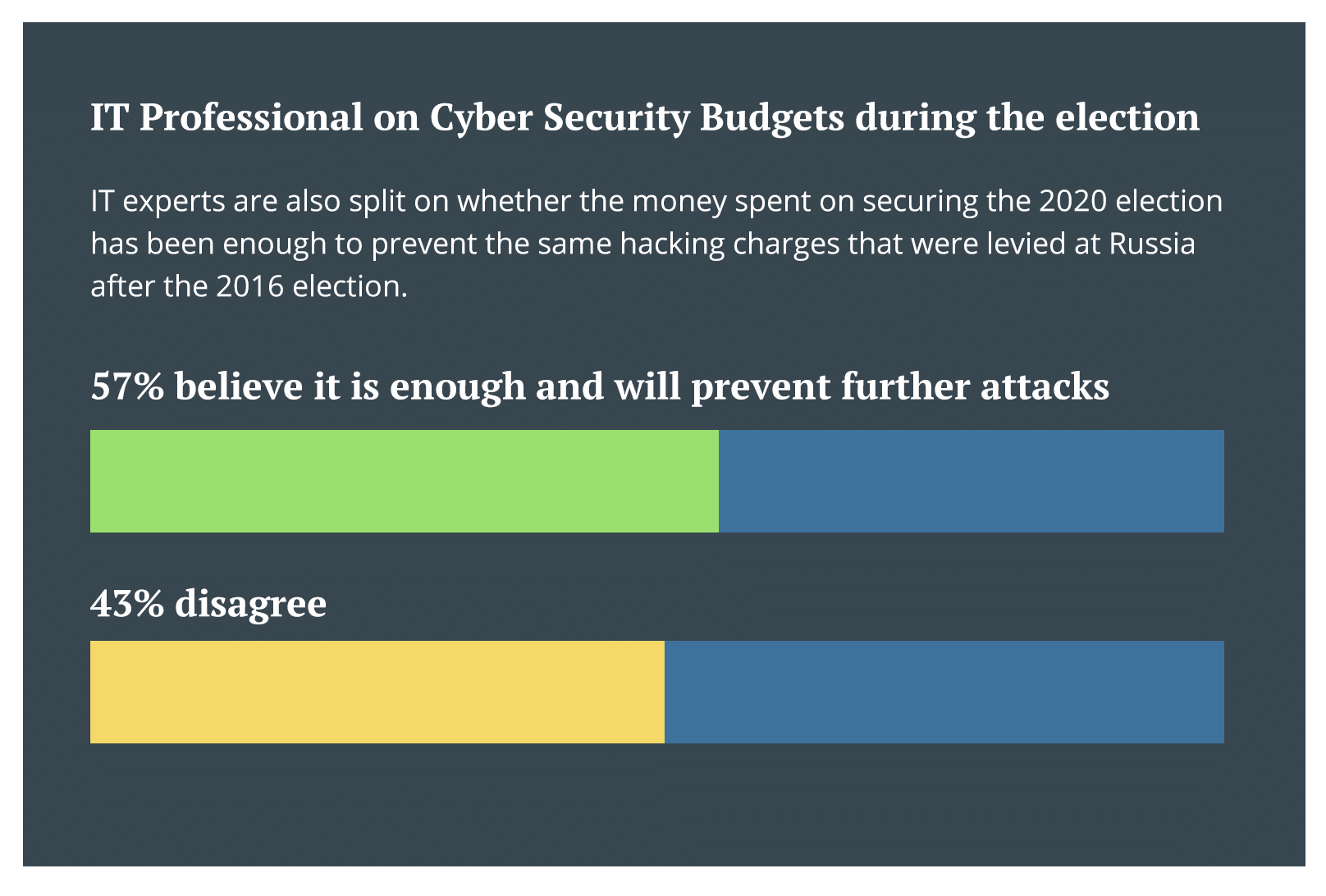
MonsterCloud Reviews Voter Sentiment About 2020 Election Security
In a recent survey conducted by MonsterCloud, registered voters were asked how worried they were about election tampering in the 2020 election.
87% of respondents to the survey said that they believe that a foreign government or other outside forces are working to influence the 2020 election. 42% said they believed that hackers had an influence on the 2016 election.
When discussing security measures implemented since 2016, 43% believe that the government has done enough to fight voting machine hacking, 41% say the government has not done enough, and 16% say they are unsure whether or not it will be enough come election day.
Conclusion
There is no argument about whether cybercrime and cyberterrorism is a major threat in 2020. What is up for debate is whether or not it will affect the 2020 election. The biggest finding from MonsterCloud’s reviews of election vulnerability is that both public and expert opinion is relatively split. While the slight majority believe that things are better than in 2016, many do not see it that way. Either way, it will be fascinating to see what questions arise on election day and the days and weeks following.
About MonsterCloud
MonsterCloud is a leading authority on cyberterrorism and ransomware and is home to some of the world’s most renowned ransomware removal experts. Founder and CEO Zohar Pinhasi is a Counter Cyberterrorism Expert, Cyber intelligence threat specialist, and a Ransomware Recovery Expert with nearly 25 years of experience in cybersecurity.
The company is a leader in ransomware removal and managed cybersecurity services and is backed by former FBI Deputy Director John Pistole. MonsterCloud has provided cyber threat intelligence to some of the world’s top authorities, including The Federal Bureau of Investigation (FBI) and dozens of police departments and municipalities across the United States and is a member of “No More Ransom” organization, an initiative by the Europol’s European Cybercrime Centre, among others, whose goal is to thwart ransomware.
Sources
http://www.electproject.org/Election-Project-Blog/2020generalelectionvepandvapestimates
https://ballotpedia.org/Voting_methods_and_equipment_by_state
https://thefulcrum.us/voting/election-security-isaca
Fair Use Statement
You may share this content (for noncommercial purposes) to the clouds and back – just link the materials to this page. And while you’re at it, please credit us too!

